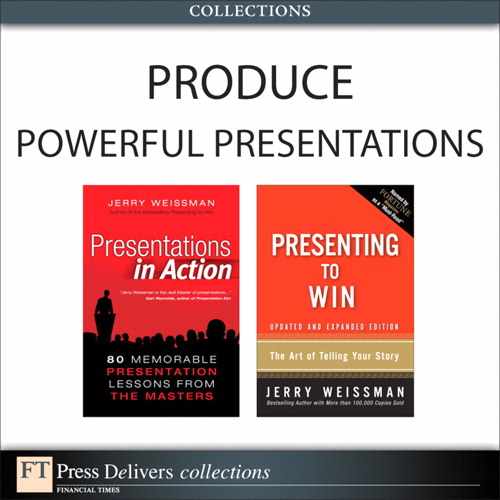46. Presentation Advice from Frank Sinatra: The Art of Phrasing
In one of Frank Sinatra’s compilation albums, the liner notes contain a meaningful quote from the celebrated singer: “The reading of a song is vital,” he said. “The written word is first; always will be. Not belittling the music, but it really is a backdrop. To convey the meaning of a song, you need to look at the lyric and understand.”
Imagine that: Frank Sinatra, whose rich, resonant voice was lauded and listened to perhaps more than any other in the history of music, considered the lyrics of a song more important than the melody. The man who was aptly nicknamed “The Voice” relegated his legendary “chops,” as professional musicians call it, to second place.
The presentation advice here is an analog of the relationship between a presenter’s narrative and the slides. A presenter’s words must be positioned, as in Mr. Sinatra’s hierarchy, “first; always will be”; the slides must be relegated to what he refers to as a “backdrop.” PowerPoint must take second place to the narrative. This hierarchical positioning extends to how the words of the narrative are spoken—their cadence.
Mr. Sinatra’s legendary creative phrasing reinforced his primacy of words. Take one of his big hits, “The Way You Look Tonight,” written by Jerome Kern, with lyrics by Dorothy Fields. The song, which has been recorded by many other singers, was originally written for the 1936 film Swing Time and even won the Academy Award for Best Original Song that year. In the film, Fred Astaire, accompanied by an unseen orchestra of gentle, lilting strings and woodwinds, sat at a piano and crooned the lyrics to the object of his love, Ginger Rogers.
As any love song should, “The Way You Look Tonight” is crafted with soft consonants and many vowels, which serve as a vehicle for long-held notes and lilting phrases. Mr. Astaire interpreted it just that way, softening the sound even further by linking the words. He made each line a long, smooth phrase.
Mr. Sinatra’s version was different. He chose an upbeat interpretation and backed it with Nelson Riddle’s jazzy arrangement, replete with brass and percussion. To emphasize the beat, Mr. Sinatra did less linking, punctuating the words by articulating the consonants sharply, and inserting abrupt pauses. He made hard stops after the words keep and look, popping the p and k sounds, respectively. But Mr. Sinatra also let his rich baritone shine through by holding his vowels even longer than did Mr. Astaire. The o in the word lovely, the ea in please, and, of course, the o in love all rang out with sustained resonance. To paraphrase another line in the same song, with each word, Frank Sinatra’s talent shows.
A presenter is not a singer or a performer, and this is not to suggest that you score and arrange your speech to the precise degree that Mr. Sinatra did with his lyrics. But you should develop a crisp, clear, and natural cadence that makes it easy for your audience to follow. We’ve all been in audiences to presenters who ramble or race, or whose speech pattern is choppy, punctuated by distracting “ums” and “ahs.” It’s like listening to a singer who sings off-key and/or off-beat.
To develop your cadence, listen to your own speech pattern objectively. Use the record function on your smartphone or a dictating recorder to capture your voice while you’re speaking on a landline or during a meeting. Later, play back the recording and listen to your cadence. Are you rambling or choppy? Do you race? Do you use “ums” or “ahs”? How do you form your phrases? Do you ever pause?
The key is to control your cadence, and the process begins by hearing yourself as your audiences hear you. Then you can develop your own natural style—and make the words of your presentation sing.
